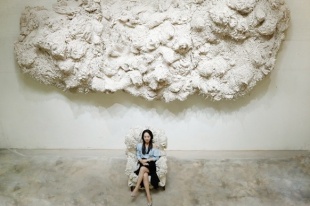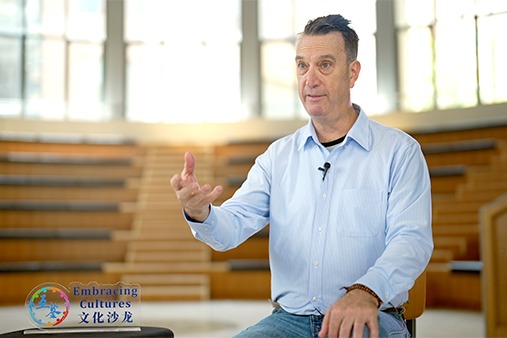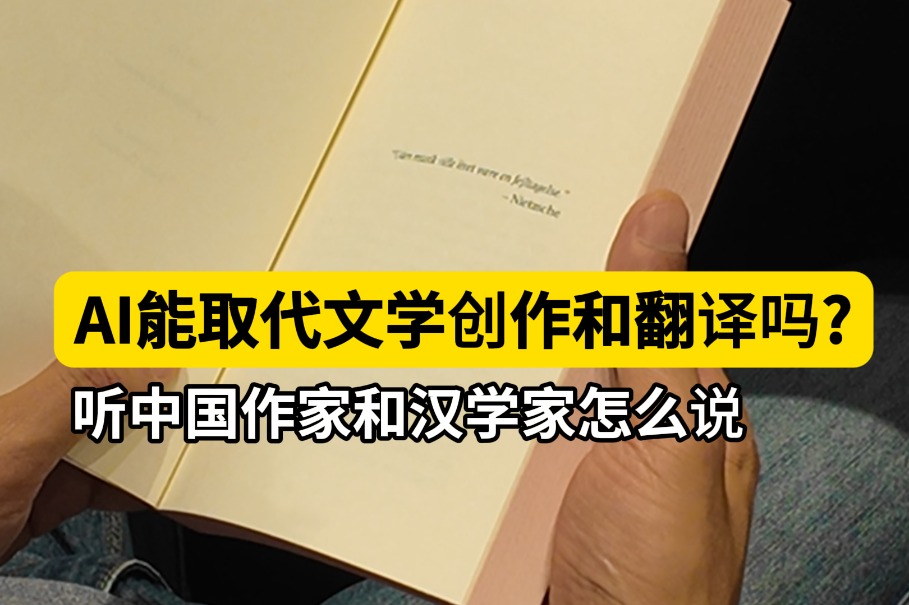Art to dye for


After being washed with clean water, the knots would be put into a vat in which crushed Radix Isatidis roots, a Chinese medicinal herb, served as the dyeing agent.
Parts that are fully immersed and exposed to the dye would appear to be dark blue but those parts that had been tightly stitched would appear in a lighter hue.
Combined, they present a variety of exquisite, decorative patterns.
The tie-dyed fabric is less likely to fade than that which has been through a chemical process, according to Lin.
As a time-honored traditional technique of the Bai ethnic group, which can be traced back to more than 1,000 years ago, tie-dyeing was listed as a national-level intangible cultural heritage in May 2006.
When Lin first saw several Bai women conduct the tying and dyeing in a yard in Zhoucheng village of Dali Bai autonomous prefecture in 2014, she was immediately captivated by the complex textured shapes created by the women's artistic needlework.
The then postgraduate major in household product design at the Central Academy of Fine Arts simply marveled at the exquisite beauty of the handicraft.
"It's full of primitive power," recalls Lin.
"I was impressed that with only needles and threads, they could turn a piece of soft cloth into different shapes, which are also varied in texture and tension.
"As an art student, I saw the possibility of using the technique for self-expression."
She then decided to stay in the village for a few months and learn from the Bai women how to proceed with drawing patterns in a series of steps, including knotting, soaking, dyeing, heating, drying, string-removal and cloth-grinding.
"These rural women, mostly in their 50s, usually help with the farm work in the fields, do the household chores and take care of their children. In their 'leisure time', they make money to support the family by making tie-dyed fabrics," says Lin.




































